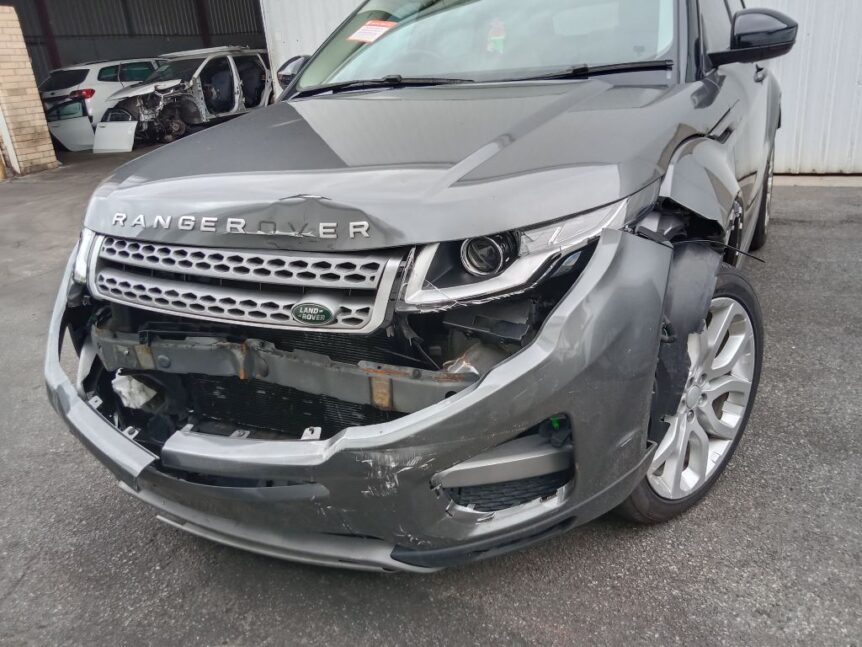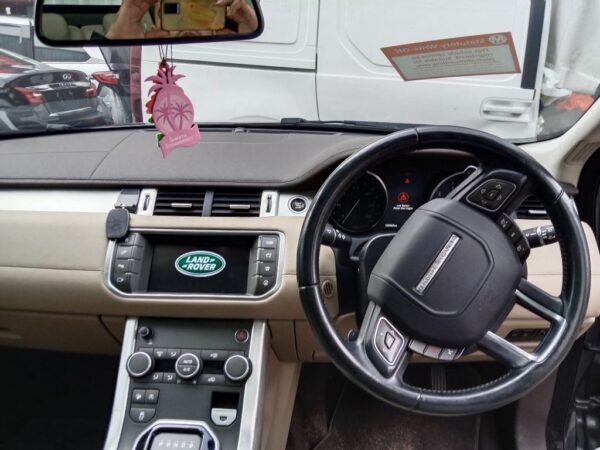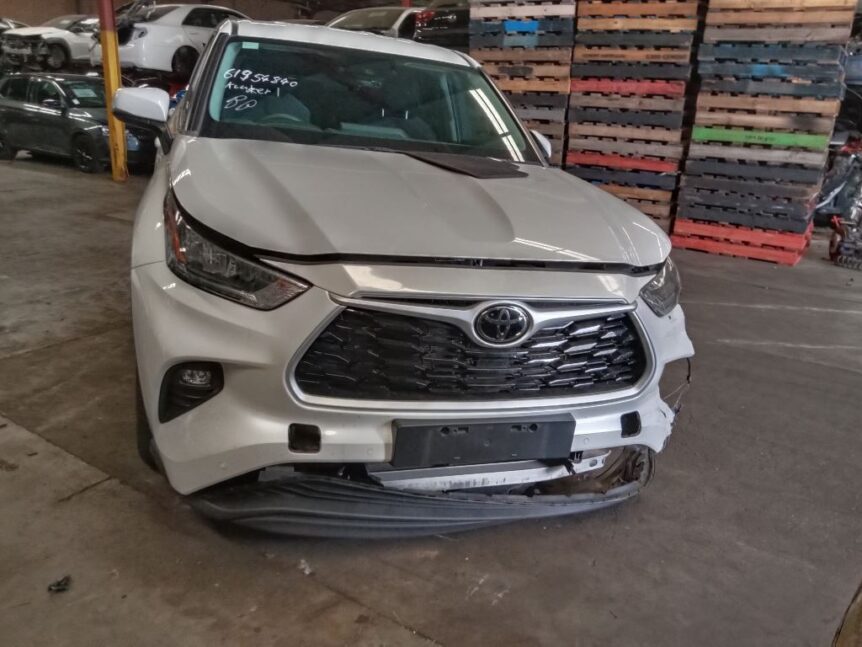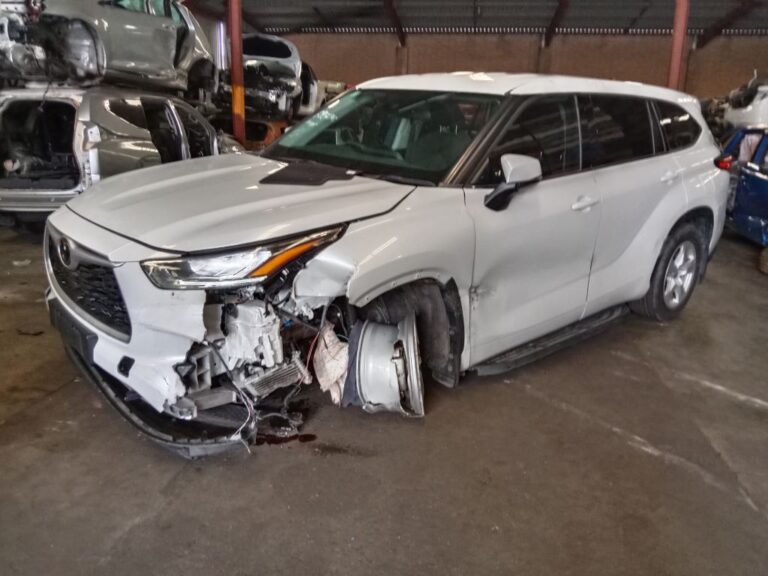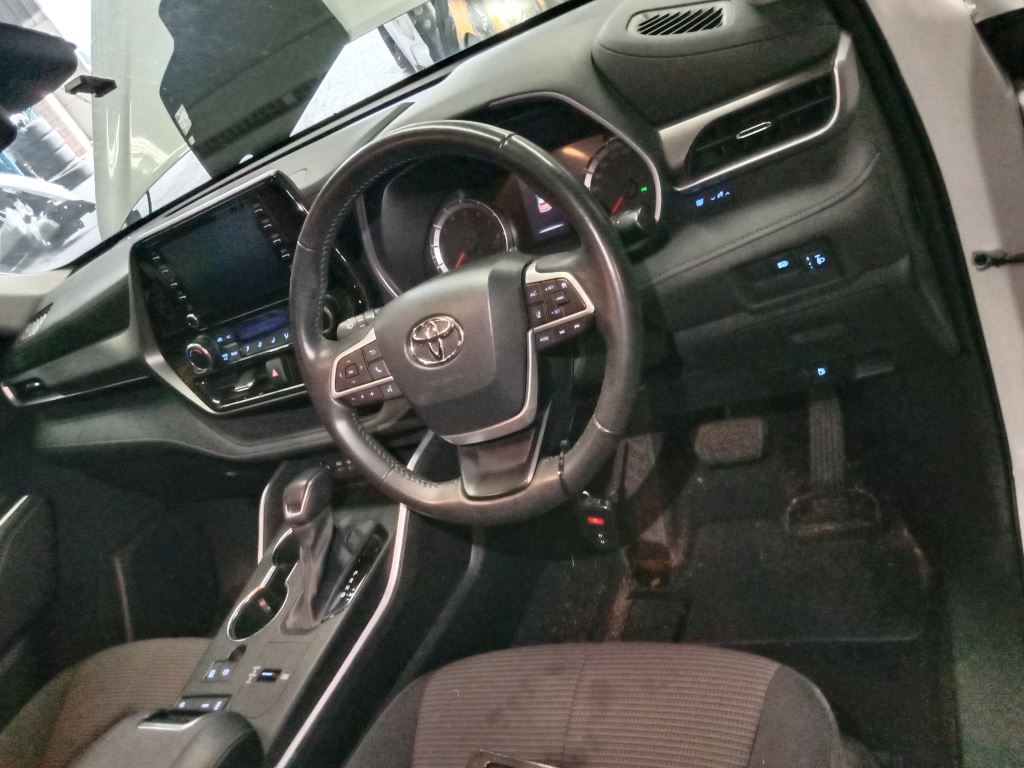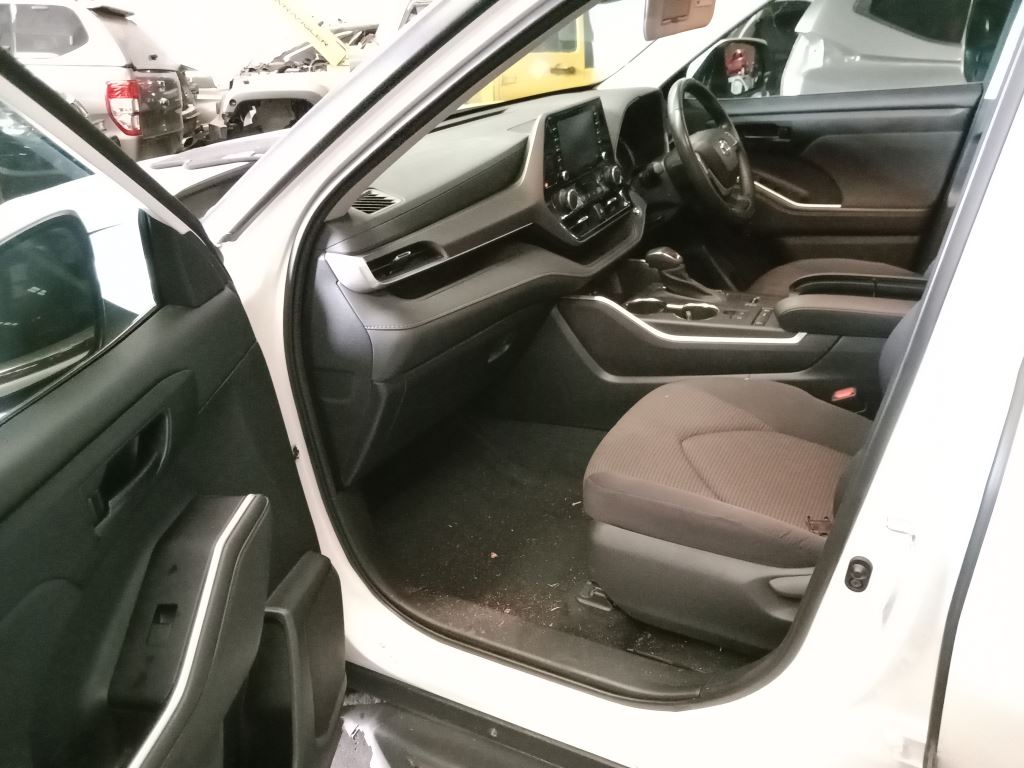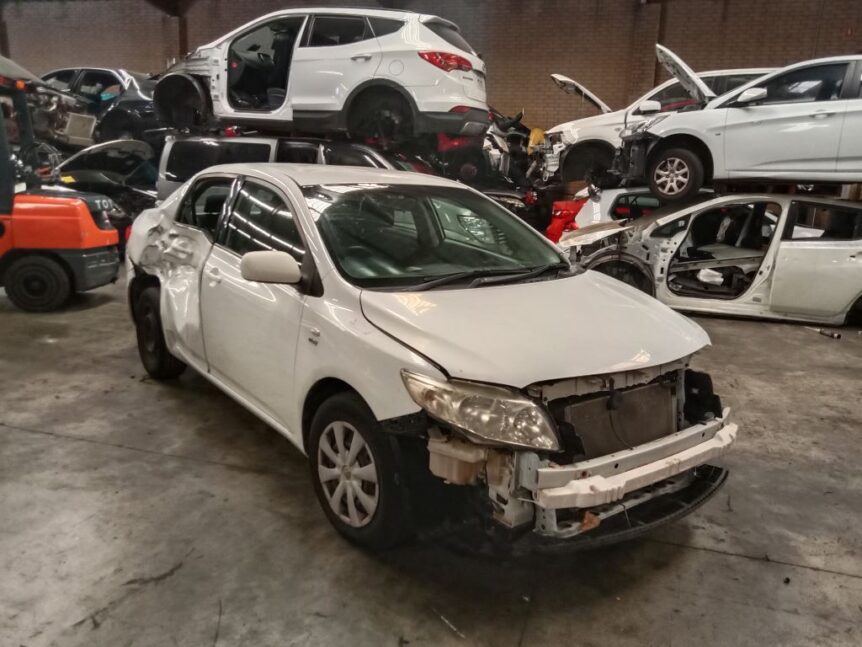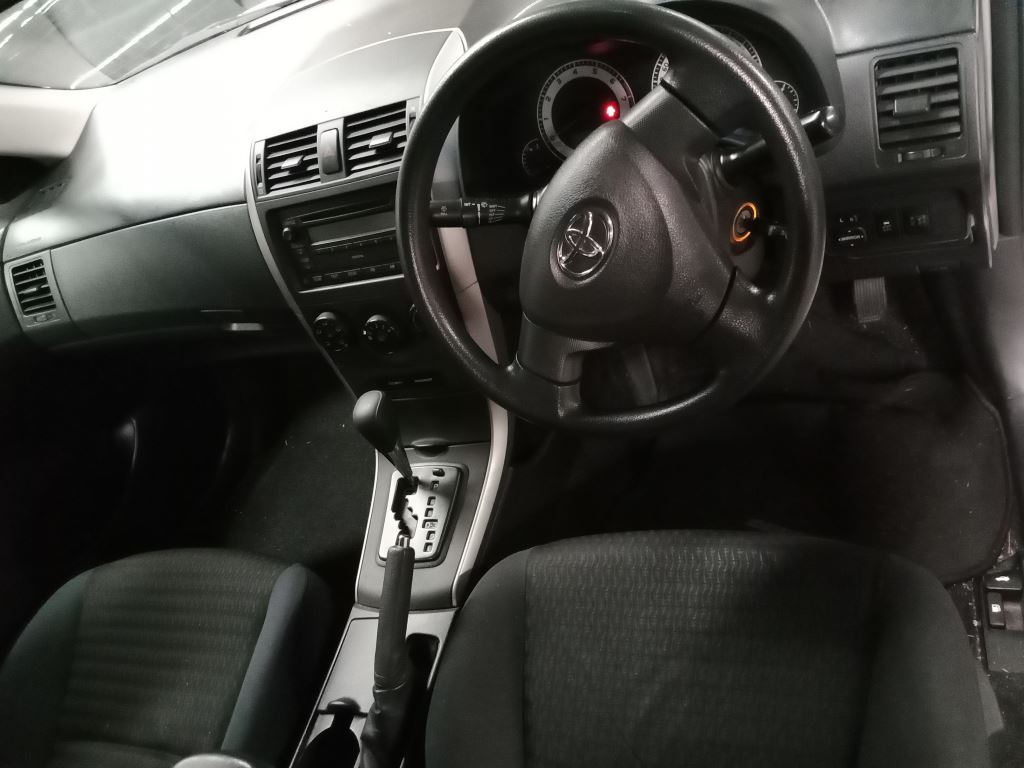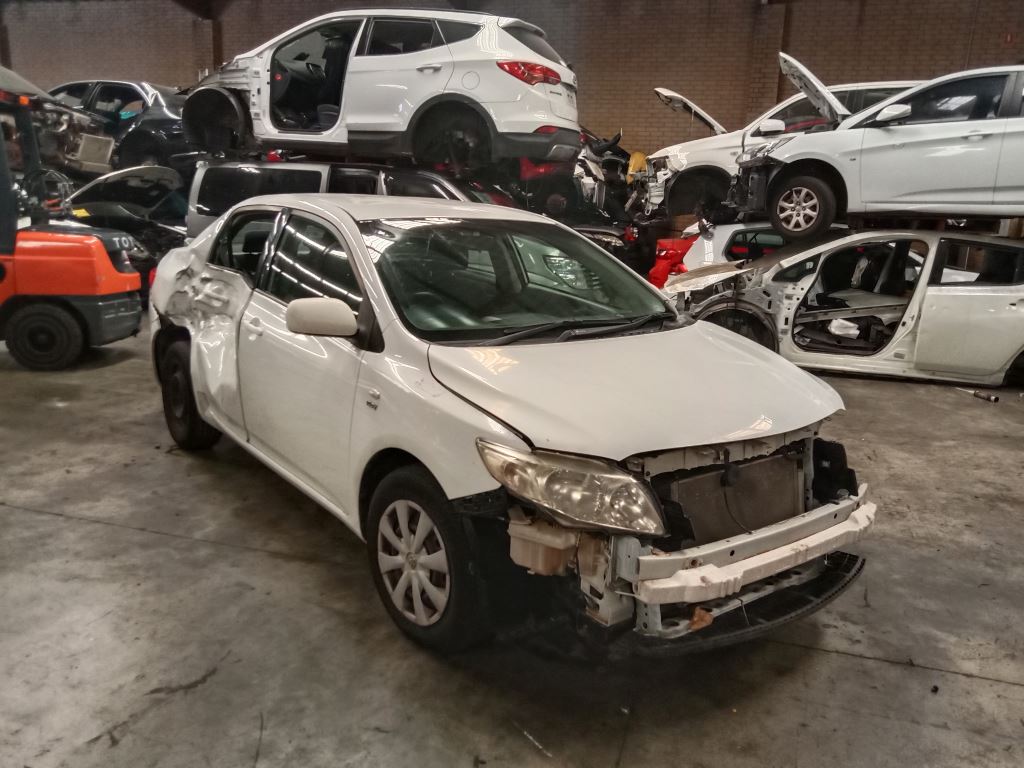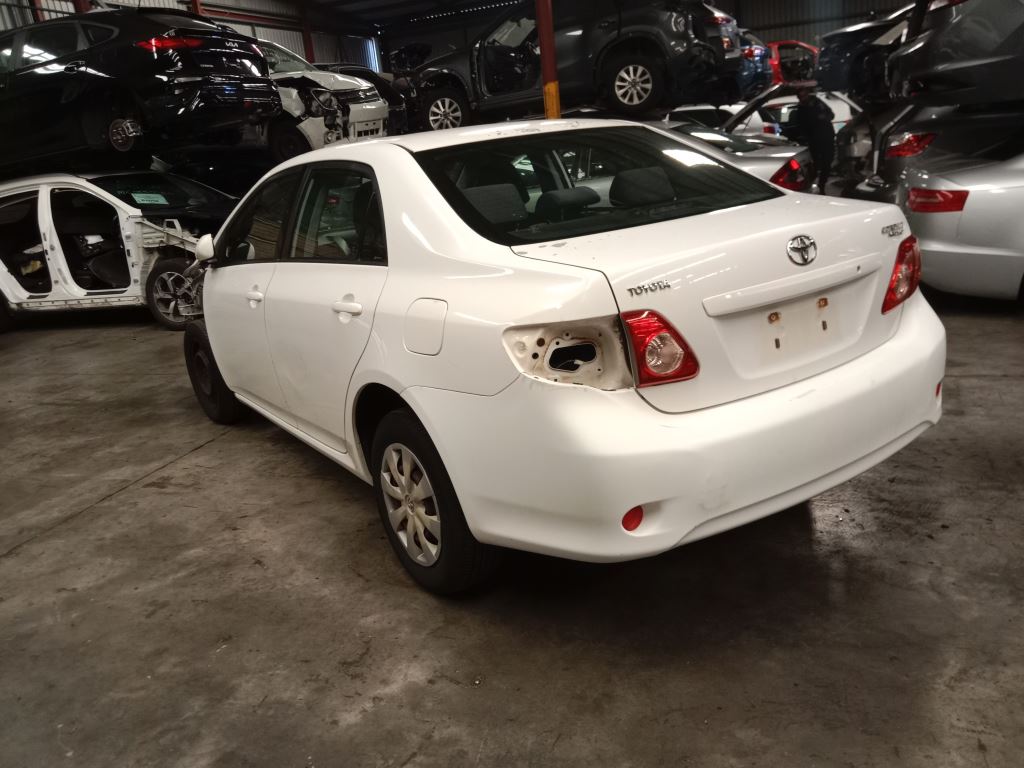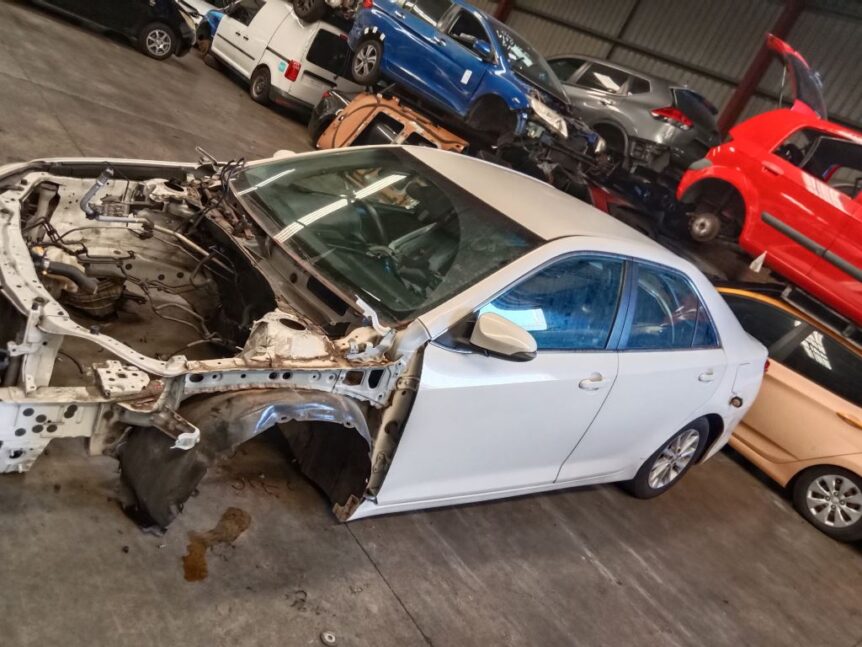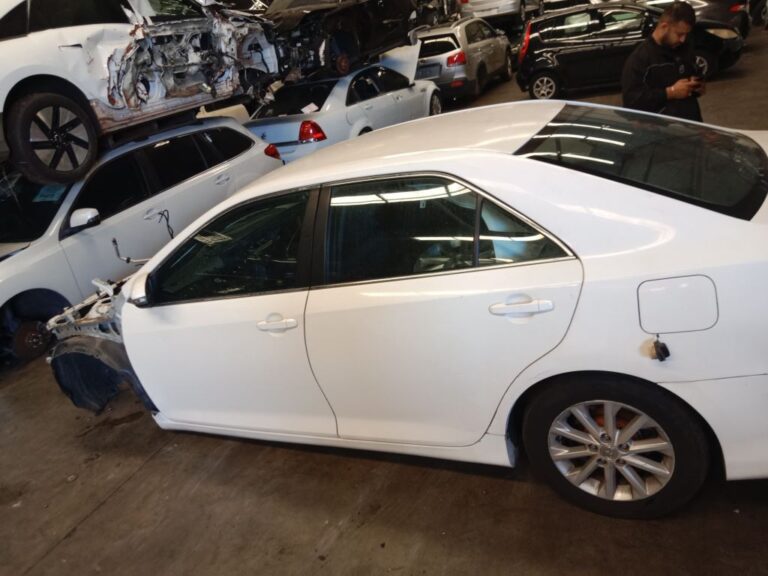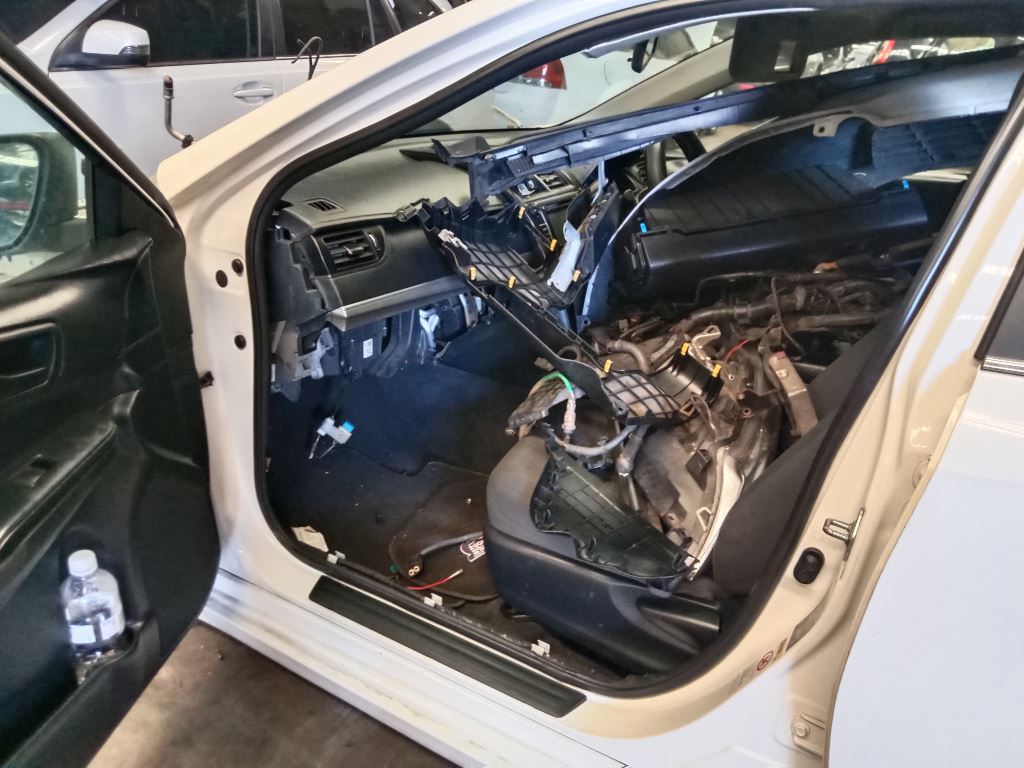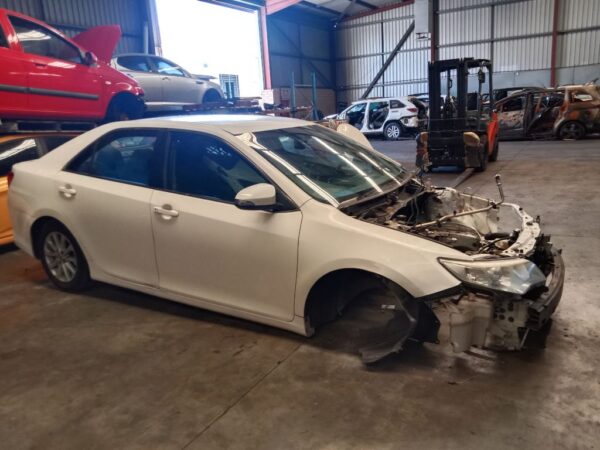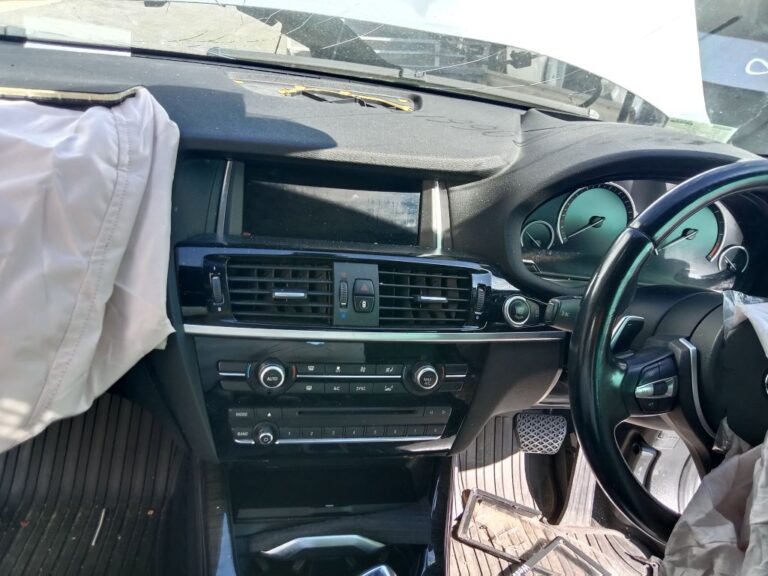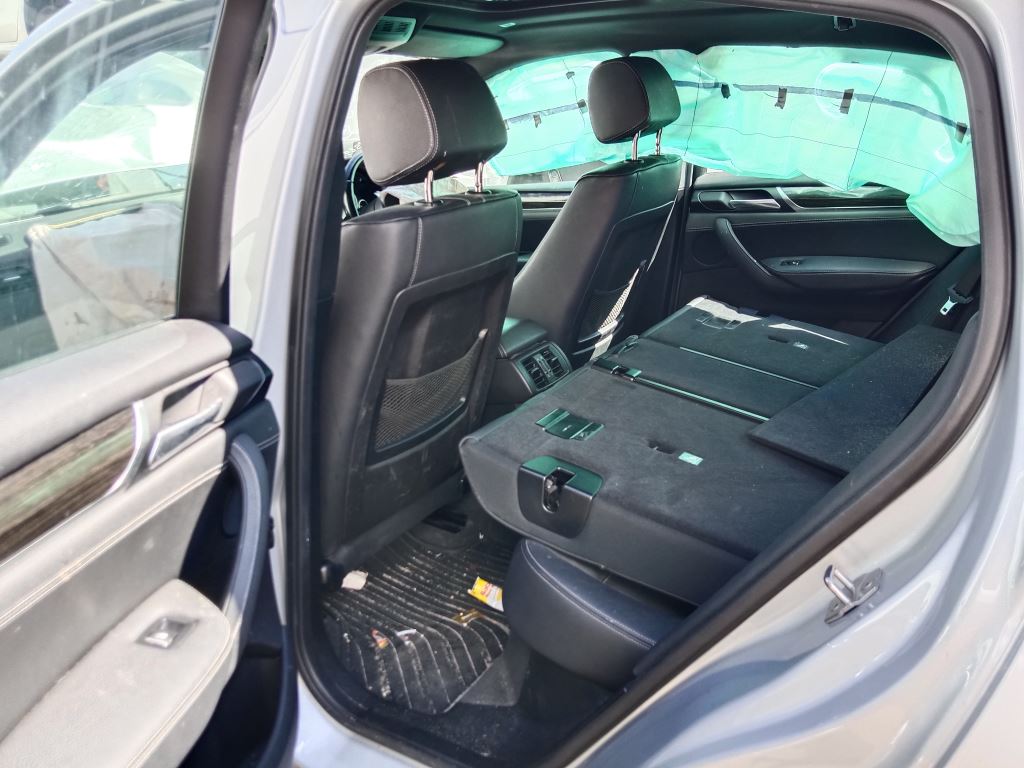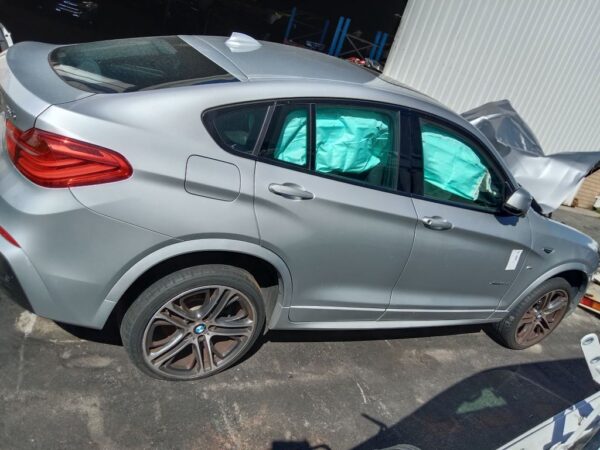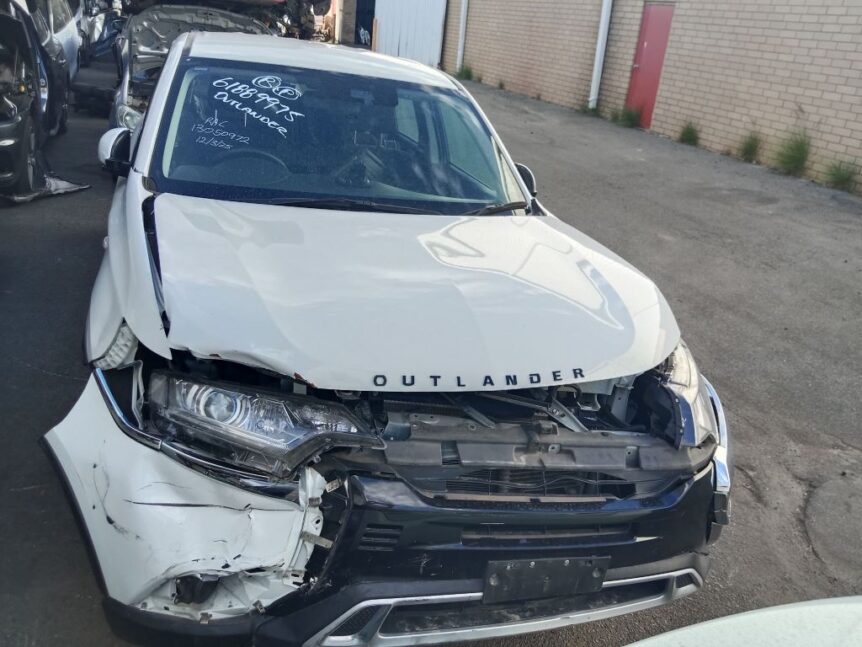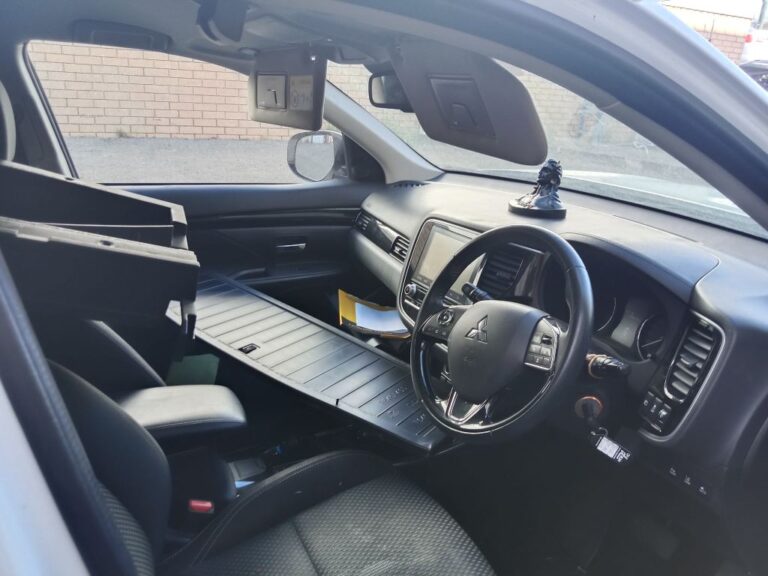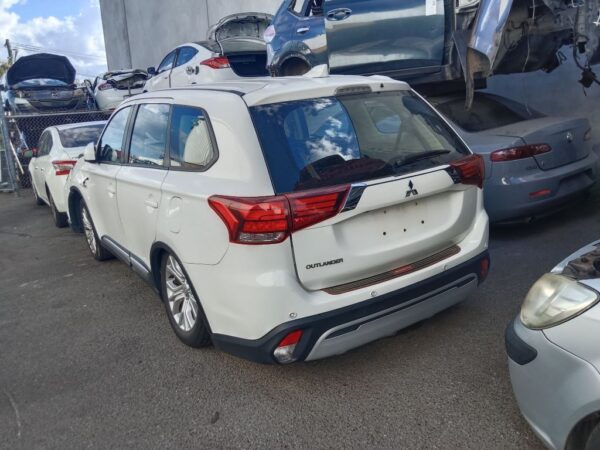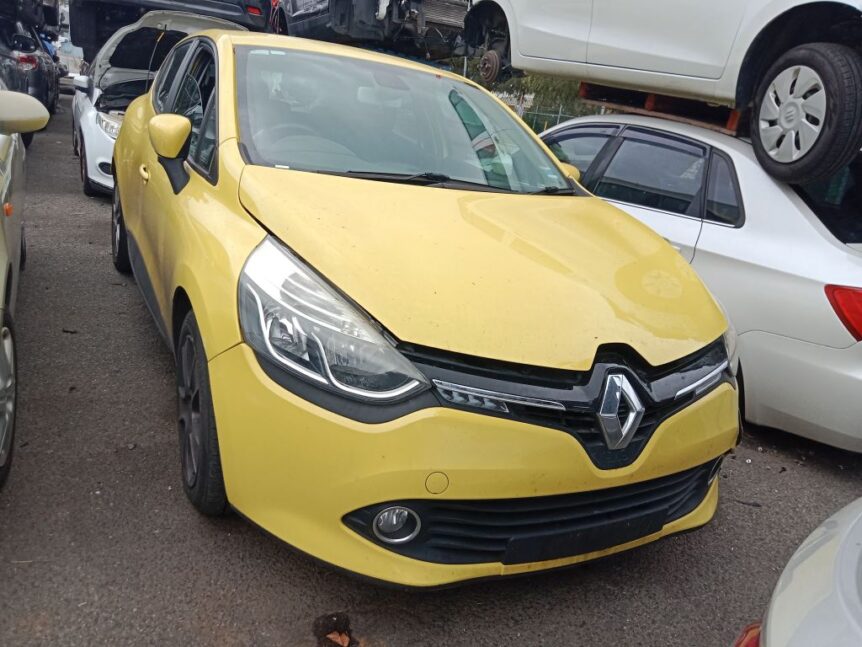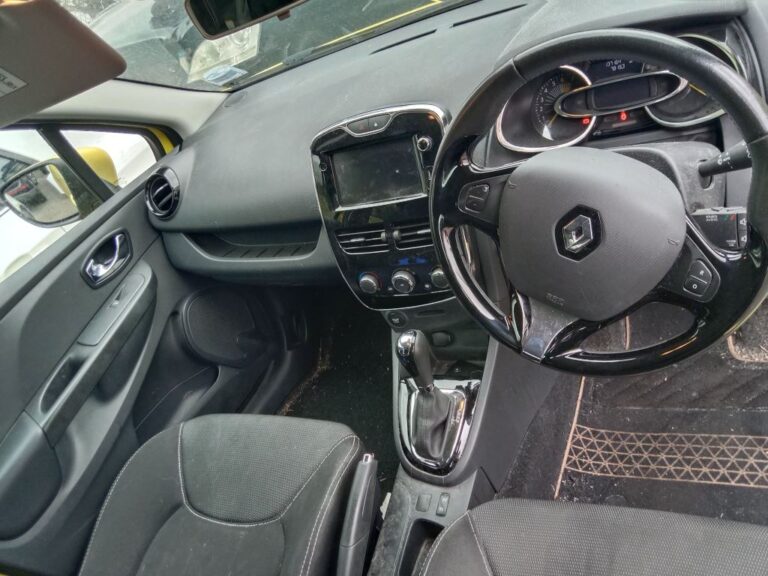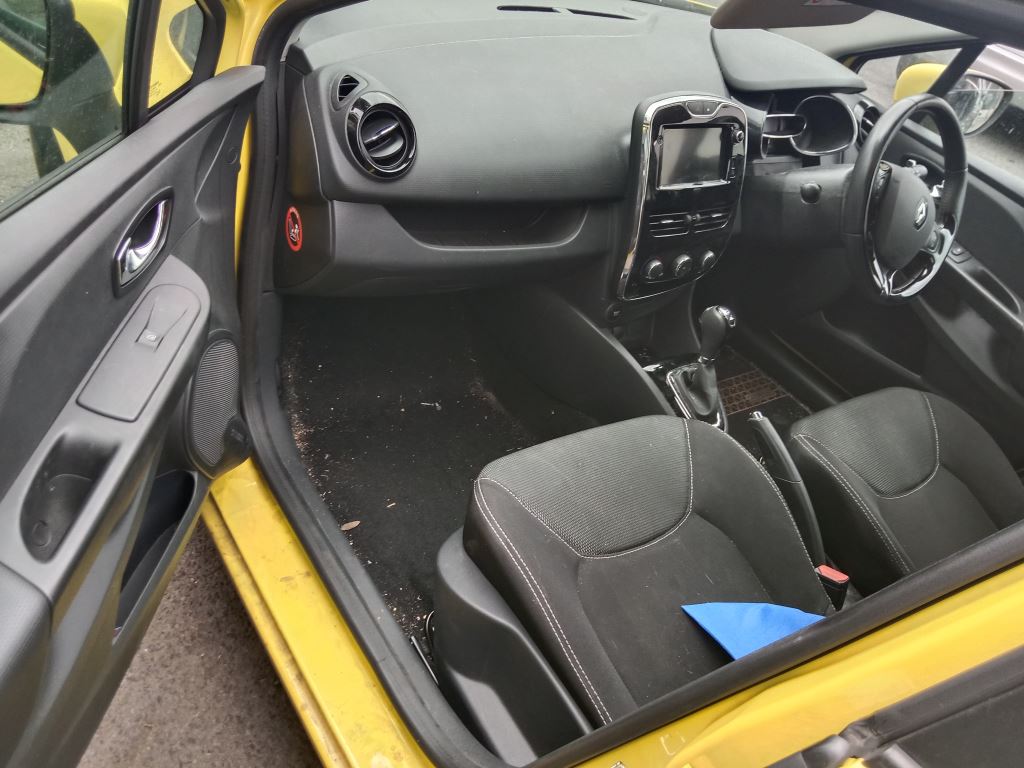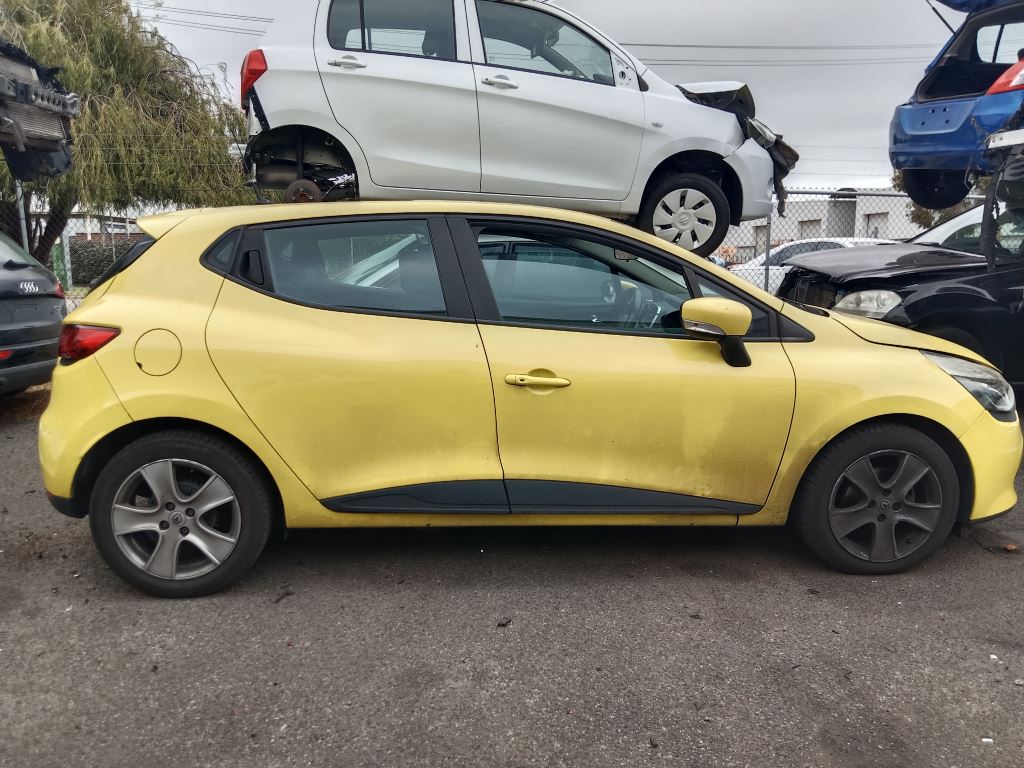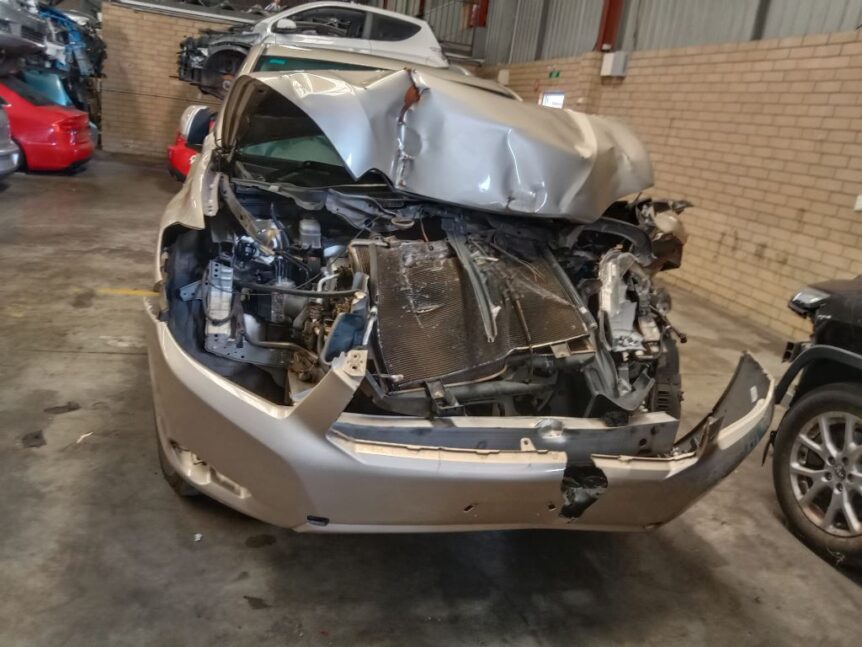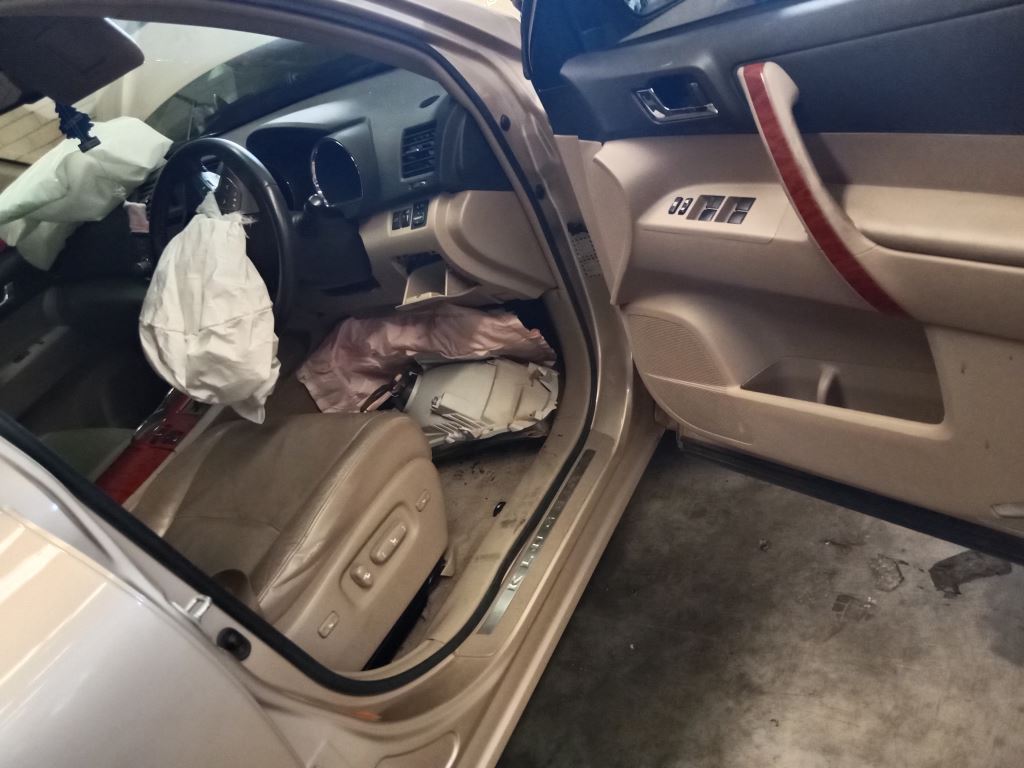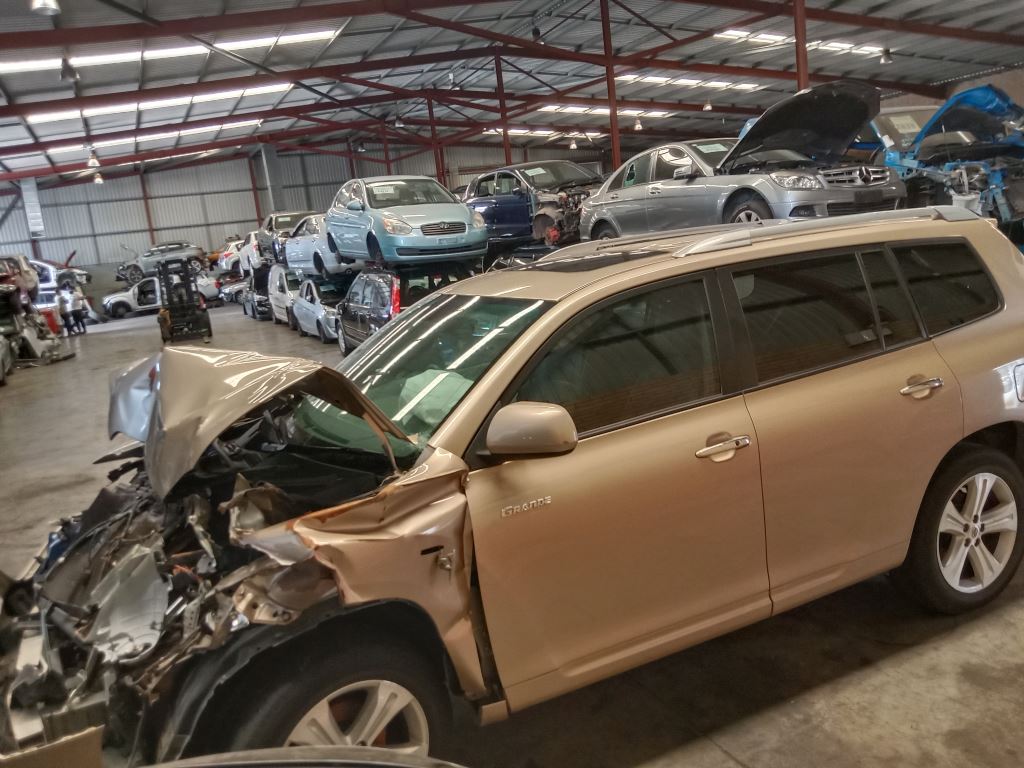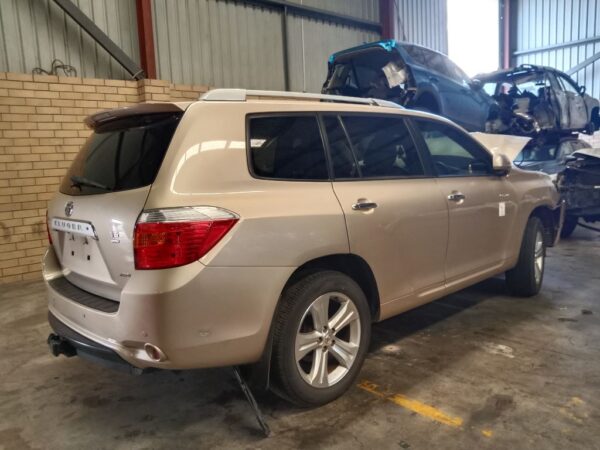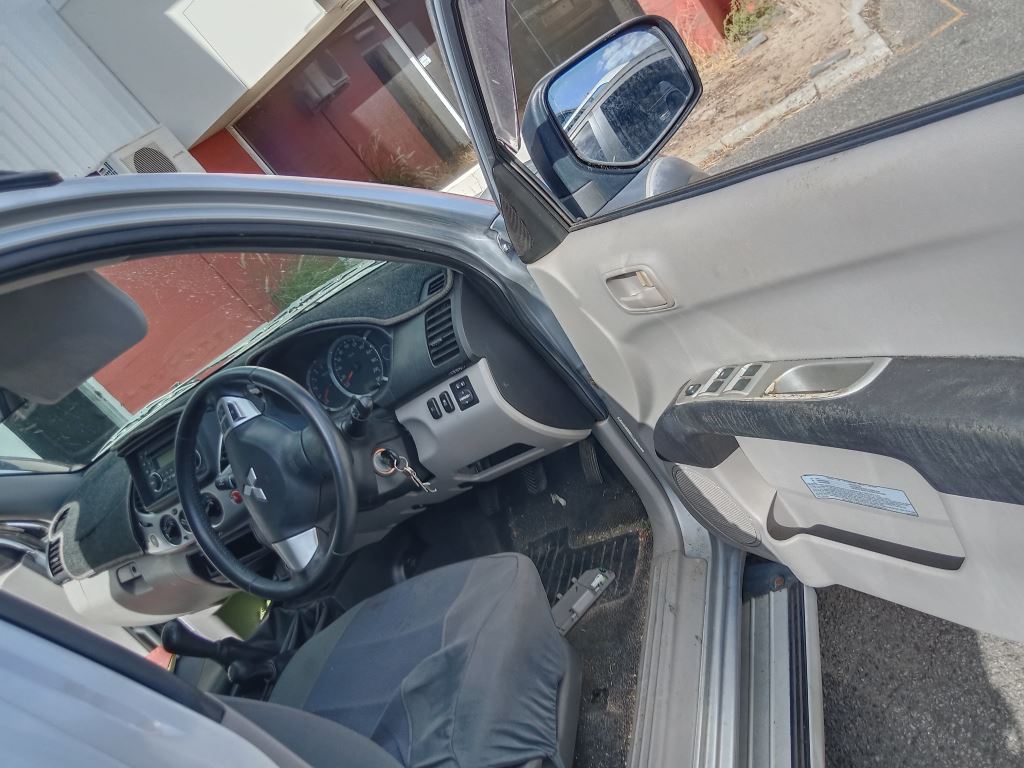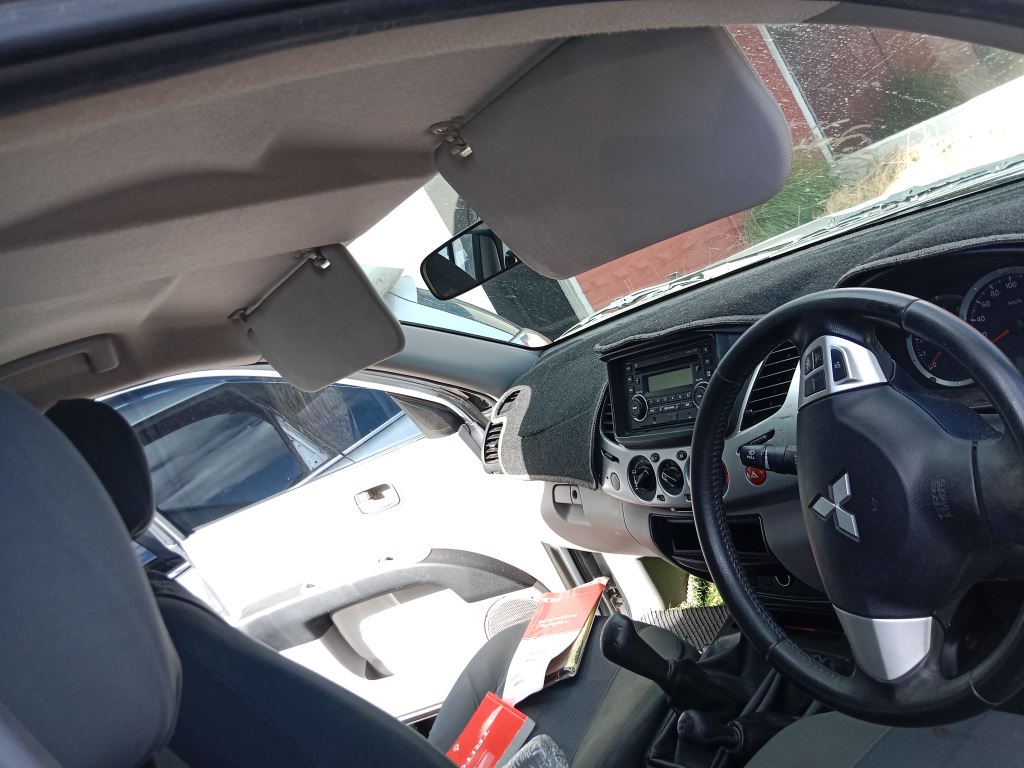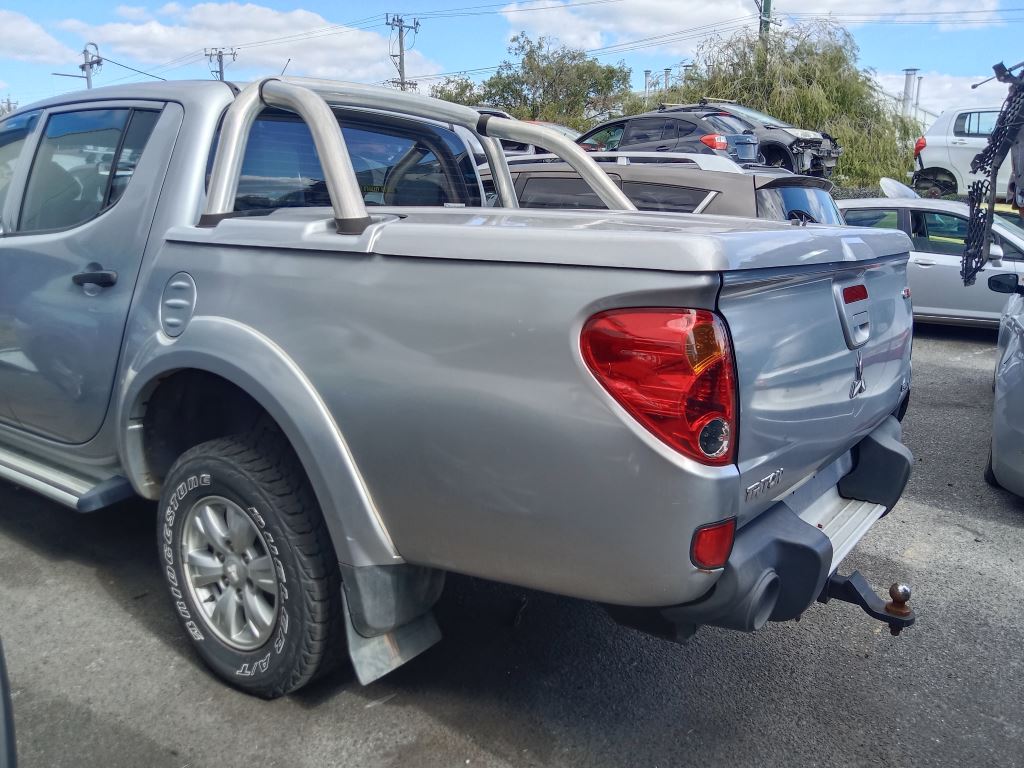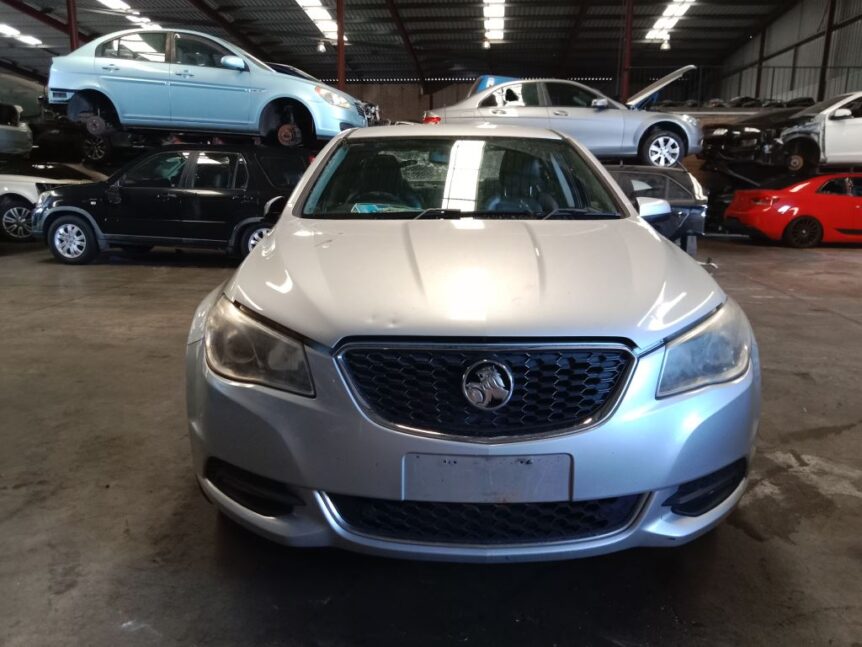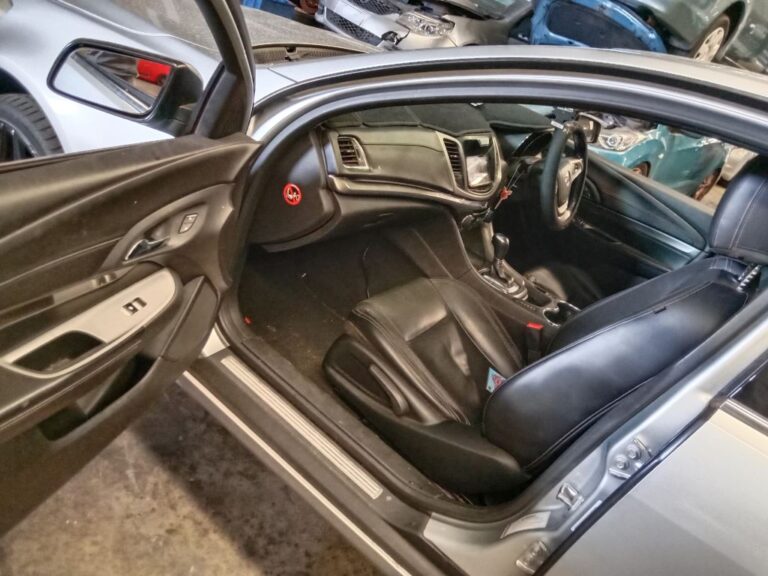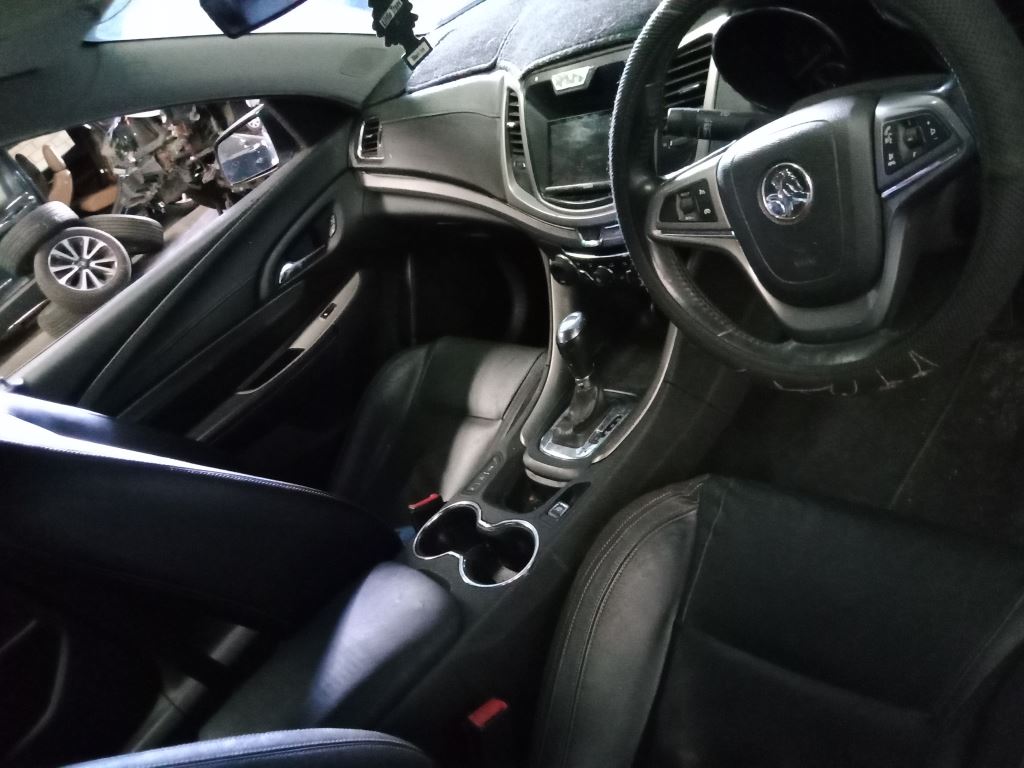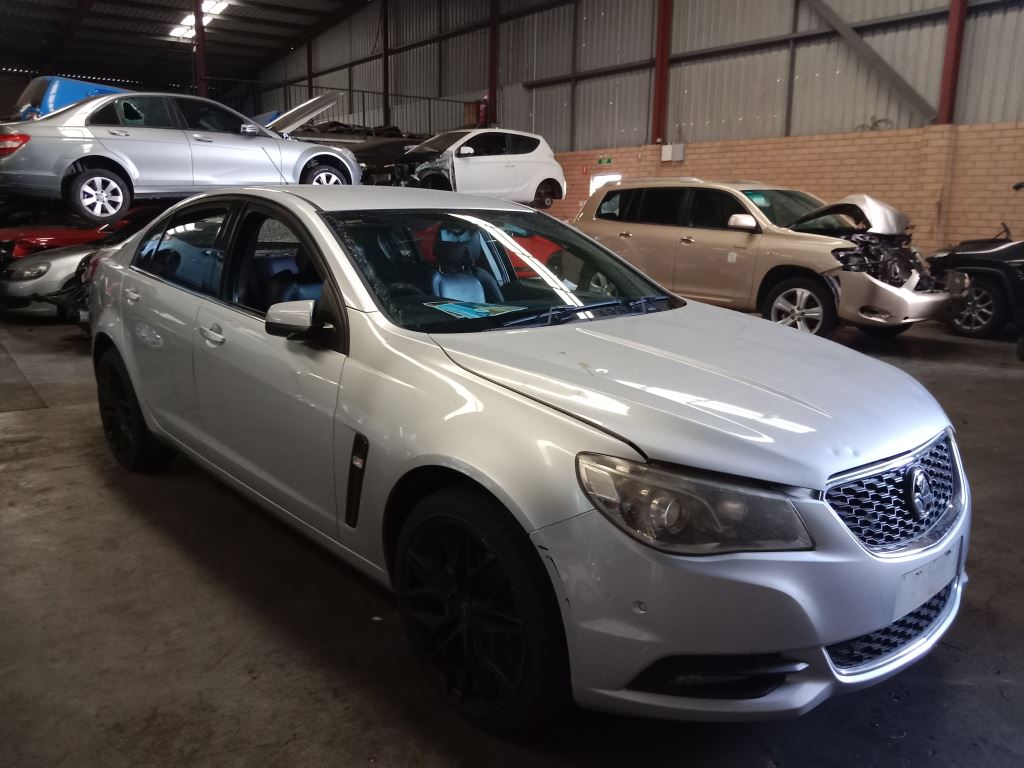Your Range Rover Evoque 2017 has been more than just transportation – it’s been a statement of style and sophistication. But now, facing significant damage or mechanical failure, you’re confronted with a difficult decision. What many Perth drivers don’t realize is that wrecking a luxury vehicle like the Evoque 2017 can actually unlock substantial hidden value.
At WA Auto Parts, we’ve been Perth’s trusted automotive recycling specialists for over 15 years, and we’ve seen the luxury SUV market evolve dramatically. The 2017 Range Rover Evoque represents a unique opportunity in the wrecking market, containing premium components that retain exceptional value even when the vehicle itself is beyond economical repair.
This comprehensive guide will reveal why professional wrecking of your grey 2017 Evoque could be your smartest financial move while contributing to environmental sustainability.
The Range Rover Evoque 2017: Luxury Engineering at Its Peak
The 2017 Range Rover Evoque stands as Land Rover’s most successful luxury compact SUV, representing the perfect fusion of distinctive design, advanced technology, and legendary off-road capability. Built on the premium D8 platform, this model year introduced significant refinements that elevated the Evoque’s already impressive reputation.
What sets the 2017 Evoque apart for wrecking purposes is its sophisticated component integration. Every system, from the advanced Terrain Response technology to the premium Meridian audio system, was engineered with precision and built to Land Rover’s exacting standards. When accidents or mechanical failures occur, these individual components often retain full functionality and considerable market value.
The grey exterior finish adds substantial appeal to your wrecking proposition. Grey consistently ranks among the most popular luxury vehicle colors in Australia, making body panels, trim pieces, and exterior components highly sought after. At WA Auto Parts, we’ve observed that grey body parts from luxury vehicles command premium prices due to their sophisticated appearance and the complexity of matching premium paint finishes.
Our 15+ years specializing in Japanese, European, Australian, Korean, and American vehicle parts has taught us that certain luxury models offer exceptional wrecking value. The 2017 Evoque, with its premium materials and advanced technology, consistently ranks among the most valuable European vehicles we process.
Why Range Rover Evoque 2017 Wrecking Makes Financial Sense
The decision to wreck a luxury vehicle might seem counterintuitive, but our extensive experience reveals compelling reasons why this approach often delivers superior returns compared to attempted repairs or traditional resale.
Premium Component Values
The 2017 Evoque contains numerous high-value components that retain significant worth regardless of overall vehicle condition. The sophisticated all-wheel-drive system alone represents thousands of dollars in recoverable value. Premium leather interiors, advanced infotainment systems, and luxury comfort features all command strong prices in the specialized parts market.
Insurance Settlement Reality
Luxury vehicle repair costs often exceed reasonable economic limits quickly. Insurance companies typically declare total loss when repair estimates reach 60-70% of vehicle value. However, this calculation frequently undervalues the true worth of premium components. Professional wrecking can recover substantial value that insurance settlements might overlook.
Avoiding Luxury Vehicle Depreciation
Luxury vehicles with accident history face severe depreciation penalties, even after professional restoration. The Range Rover brand’s reputation for reliability can be permanently damaged by major repairs. Wrecking eliminates this concern entirely, converting your damaged Evoque into immediate cash value without future resale uncertainties.
Environmental Leadership with Economic Returns
Modern automotive recycling ensures up to 95% of your vehicle’s materials find new life through reuse or recycling. Aluminum body panels, premium leather, advanced electronic components, and rare earth elements all have established recycling markets. You’re generating substantial income while preventing valuable materials from entering landfills.
Market Demand for Luxury Parts
The luxury vehicle parts market operates differently from mainstream automotive recycling. Evoque owners actively seek original Land Rover components to maintain their vehicles’ premium character and performance. This sustained demand ensures strong prices for quality used parts from luxury vehicles.
High-Demand Components from the Range Rover Evoque 2017
Understanding which parts from your grey Evoque 2017 hold the most value maximizes returns from professional wrecking services. Our extensive experience has identified several component categories that consistently command premium prices.
Advanced Powertrain Systems
The 2017 Evoque’s refined powertrain options represent significant salvage value. The turbocharged Ingenium engines, whether petrol or diesel variants, are expensive to replace new but retain excellent functionality when properly removed. The sophisticated nine-speed automatic transmission, with its adaptive shift programming, commands premium prices due to its complexity and reliability.
The advanced all-wheel-drive system, including the Active Driveline technology, represents substantial value. These systems require precise manufacturing and expensive materials, making used examples valuable alternatives to costly new replacements that can cost upwards of $8,000.
Luxury Interior Components
The 2017 Evoque’s interior represents Land Rover’s commitment to luxury and comfort. Premium Windsor leather seating surfaces, heated and cooled seat assemblies, and sophisticated dashboard components all retain substantial worth in the specialized luxury parts market.
The advanced Touch Pro infotainment system, including the high-resolution touchscreen display, navigation components, and Meridian premium audio system elements, are expensive to replace and highly sought after by owners looking to upgrade earlier Evoque models or repair damaged systems.
Grey Body Panels and Premium Exterior Components
Your vehicle’s grey exterior finish is actually a significant asset in the luxury parts market. Grey body panels rank among our most requested items for luxury vehicles, making doors, hoods, fenders, and tailgates from grey 2017 Evoques particularly valuable. Premium paint finishes and sophisticated panel designs mean even panels with minor damage often retain considerable worth.
The distinctive LED headlight assemblies represent substantial value due to their advanced adaptive lighting technology and expensive replacement costs. The signature LED daytime running lights and dynamic turn signals are particularly sought after for their distinctive Land Rover appearance.
Advanced Technology and Safety Systems
The 2017 Evoque contains numerous sophisticated electronic systems that manage everything from terrain response to luxury comfort features. Advanced driver assistance technologies, including autonomous emergency braking and lane keeping assist, are expensive to replace new but retain excellent functionality when professionally removed.
The panoramic sunroof assembly, with its advanced electric operation and integrated shade systems, commands premium prices due to its complexity and the specialized installation requirements. Climate control systems with multi-zone capability and air quality monitoring represent significant value in the luxury parts market.
Expert Tips for Buyers Seeking Evoque 2017 Parts
Our extensive experience serving Perth’s luxury vehicle community provides valuable insights for buyers seeking quality used Evoque components. These professional recommendations can save substantial money while ensuring reliability.
Verify Authenticity and Specifications
Land Rover uses specific part numbers and quality standards for each component. Luxury vehicle owners should never compromise on authenticity, as counterfeit parts can damage vehicle performance and safety. Our experienced team maintains comprehensive Land Rover compatibility databases to ensure genuine part identification and proper fitment verification.
Understand Luxury System Complexities
Premium vehicle components often require specialized installation procedures and programming. Advanced systems may need dealer-level diagnostic equipment for proper calibration. We recommend working with qualified Land Rover technicians for any complex system component installation to ensure optimal performance.
Consider Extended Warranty Options
Given the sophistication and value of 2017 Evoque components, warranty coverage becomes particularly important for luxury vehicle owners. At WA Auto Parts, we provide comprehensive testing of electronic components and offer extended warranty options on qualifying luxury parts because we understand the importance of reliability in premium vehicles.
Plan for Professional Programming
Many 2017 Evoque systems require professional programming or adaptation after installation. Infotainment systems, safety technologies, and comfort features often need dealer-level programming to function properly. Factor these specialized services into your repair planning and budget considerations.
Finding Quality Range Rover Evoque 2017 Parts in Perth
As Perth’s premier destination for European vehicle parts, WA Auto Parts has established specialized systems for handling luxury vehicles like the 2017 Evoque. Our one-stop used auto parts shop combines advanced inventory management with expert knowledge of European automotive engineering.
Specialized Luxury Vehicle Processing
Every Range Rover Evoque 2017 that arrives at our facility undergoes careful assessment using specialized procedures designed for luxury vehicles. We catalog each premium component with detailed specifications, condition assessments, and authenticity verification. This thorough approach ensures proper identification and preservation of valuable luxury components.
Advanced Testing and Verification
Luxury vehicle components require sophisticated testing procedures to verify functionality and authenticity. Our facility includes specialized diagnostic equipment capable of testing Land Rover’s advanced systems, electronic control modules, and luxury comfort features. We only sell components that pass rigorous functionality tests and authenticity verification.
Expert European Vehicle Knowledge
Our team includes professionals with specific experience in European luxury vehicle technologies. We understand the complexities of Land Rover’s advanced systems, premium material requirements, and sophisticated electronic integration. This expertise ensures you receive accurate information and proper guidance for your luxury parts requirements.
The WA Auto Parts Advantage for Luxury Vehicle Wrecking
When you choose WA Auto Parts for your Range Rover Evoque 2017 wrecking needs, you’re partnering with Western Australia’s most experienced luxury vehicle recycling operation. Our comprehensive approach maximizes value while maintaining the integrity expected in the luxury market.
Professional Luxury Vehicle Assessment
Our experienced assessment team understands the unique value proposition of luxury vehicles like the 2017 Evoque. We provide detailed evaluations that account for premium component values, luxury system worth, and current luxury parts market conditions. Our goal is ensuring you receive fair compensation that reflects your vehicle’s true premium component value.
Specialized Component Recovery
Luxury vehicles require sophisticated dismantling procedures to preserve component integrity and authenticity. Our facility includes specialized equipment for safely handling advanced electronic systems, removing delicate luxury materials, and properly storing premium components until sale to qualified buyers.
Luxury Market Network
We maintain relationships with luxury vehicle specialists, Land Rover technicians, and premium parts retailers throughout Western Australia. This network ensures your Evoque’s components reach qualified buyers who appreciate their value and will use them to maintain other luxury vehicles properly.
Making the Right Decision for Your Range Rover Evoque 2017
Whether you’re facing insurance decisions or exploring options for a mechanically compromised luxury vehicle, understanding the true value of your 2017 Evoque’s premium components is crucial for making informed financial choices.
For damaged vehicles, our professional wrecking services often deliver superior financial outcomes compared to traditional repair approaches or insurance settlements. We handle all necessary documentation, arrange convenient vehicle collection throughout Perth, and ensure maximum value recovery from your vehicle’s luxury components.
For buyers seeking authentic replacement parts, our inventory of 2017 Evoque components provides access to genuine Land Rover engineering at substantial savings compared to dealer prices. Our authentication procedures, warranty options, and technical support ensure successful repairs that maintain your vehicle’s luxury character and performance.
Don’t let a damaged Range Rover Evoque 2017 become a financial burden




